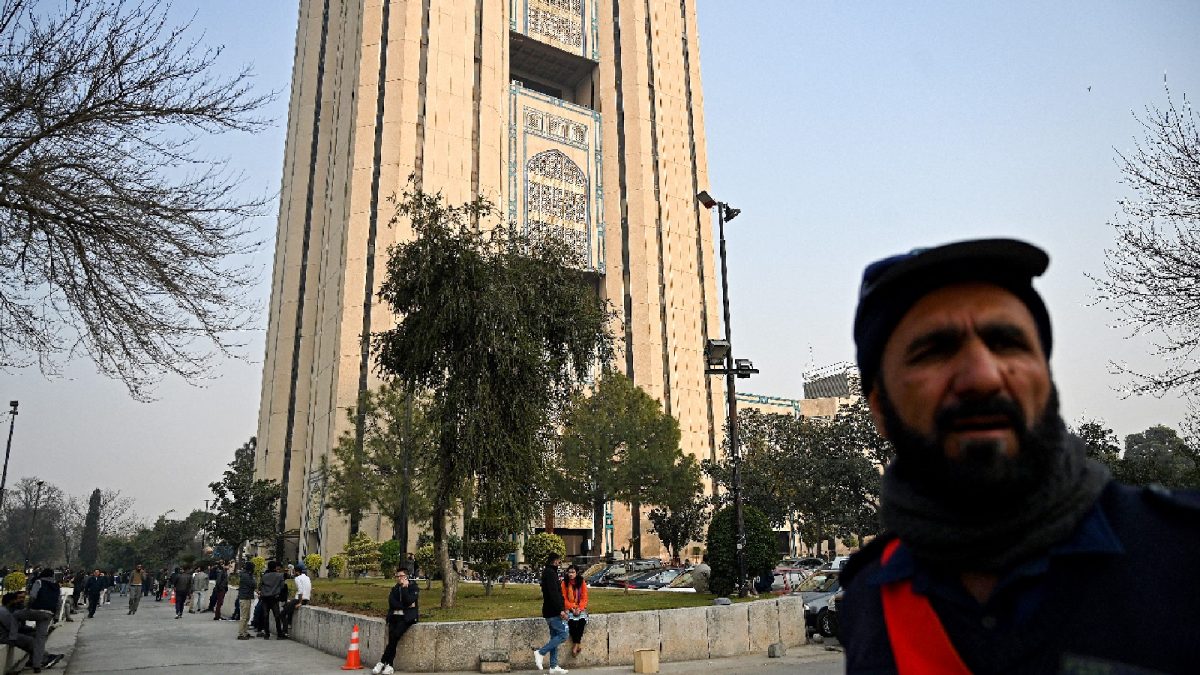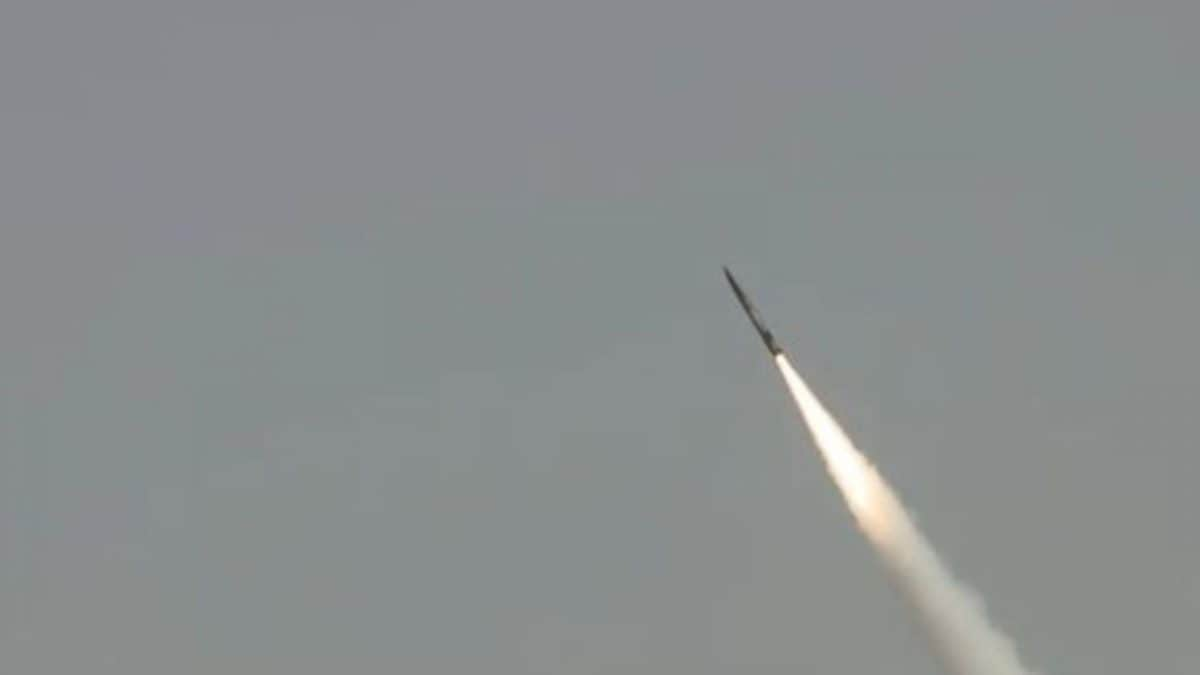Last Updated:May 05, 2025, 13:34 IST
Scientists Roger Penrose and Yakov Zeldovich theorised that a black hole’s spin could amplify energy enough to trigger an explosion, like a cosmic bomb

The spin of a black hole drags space-time, known as frame dragging, which can impart extra energy to particles moving in the same direction. (Representative/AP File)
Scientists at the University of Southampton have successfully demonstrated the ‘Black Hole Bomb’ theory in a laboratory setting, marking a historic milestone in our understanding of black holes. This term might invoke fear, but there’s no need for panic; the discovery is a significant advancement in theoretical physics rather than a new threat or weapon.
What Is Black Hole Bomb
The concept of the ‘Black Hole Bomb’ originated in the 1970s, proposed by renowned scientists Roger Penrose and Yakov Zeldovich. They theorised that a black hole’s spin could amplify energy, and if this process is repeated correctly, it could generate enough energy to cause the system to explode, akin to a bomb.
Theory Proven In Lab For First Time
Until now, the ‘Black Hole Bomb’ existed only in theoretical papers and equations. However, Marion Cromb and her team have brought this theory to life. They used a rotating aluminium cylinder placed in magnetic fields that rotated around it. The experiment demonstrated that the energy behaviour changed based on whether the external magnetic field was rotating faster or slower than the cylinder. When the cylinder rotated faster than the magnetic field, the energy was amplified, but if it rotated slower, the energy decreased. This setup mimics the black hole theory and has been validated in the lab, with Cromb’s team publishing their study on arXiv.
Does This Reveal Black Holes’ True Power
This breakthrough helps scientists understand the real power of black holes without needing to approach them directly. Through analogous experiments, such as using magnetic fields and rotating cylinders, researchers can explore the phenomena occurring in the ergosphere outside a black hole’s event horizon.
The spin of a black hole drags space-time, known as frame dragging, which can impart extra energy to particles moving in the same direction, much like gaining speed on an airport moving walkway.
While it is premature to link this discovery to practical technology or weaponry, it certainly offers a new perspective on one of the universe’s most enigmatic entities – black holes.
Location :United Kingdom (UK)
First Published:News world What Is The 'Black Hole Bomb' Theory Scientists Proved In A Lab? | Explained

 6 hours ago
6 hours ago


















